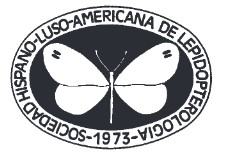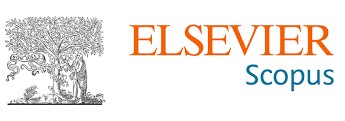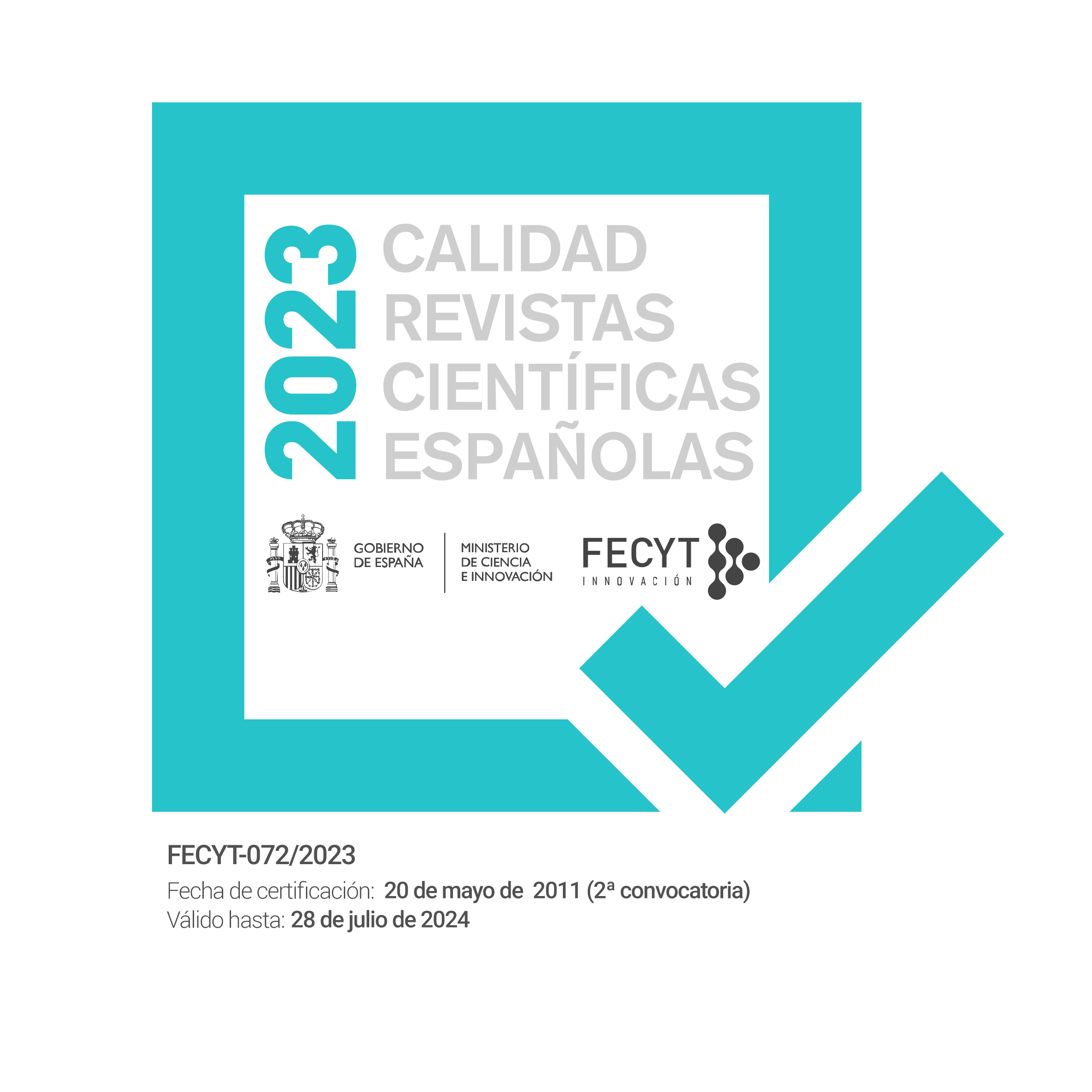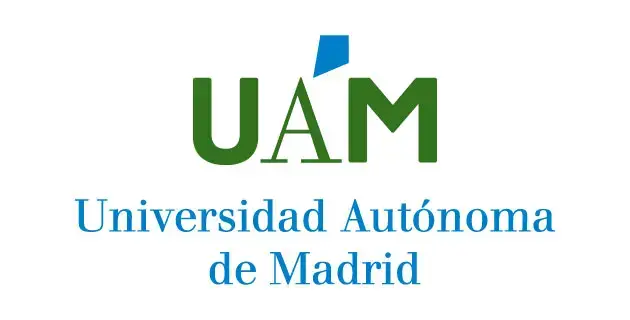Application of time-lapse camera situated near a light source, for registration insects’ rhythm of attraction to light (Lepidoptera: Noctuidae)
DOI:
https://doi.org/10.57065/shilap.302Keywords:
Lepidoptera, Noctuidae, camera trap, IsraelAbstract
Camera traps are an efficient means of biodiversity assessments, however, the employment of camera traps for the study of insects is still in its beginning. Accurate counting and recognition of flying insects are also of great importance in pest control. In this paper, we present a new method combining a time-lapse camera, and a light source, designed to estimate macro-Lepidoptera species composition, occurrence and also daily rhythms of their attraction to light. The advantage of the system is that it enables to monitor the species assemblages distantly. The rhythms to light attraction discussed for six Noctuidae species.
Downloads
Global Statistics ℹ️
|
644
Views
|
295
Downloads
|
|
939
Total
|
|
References
CHERNYSHEV, V. B., 1984.– Diurnal rhythms of insects activity: 215 pp. Moscow University Press, Moscow. [in Russian].
COLLETT, R. A. & FISHER, D. O., 2017.– Time- lapse camera trapping as an alternative to pitfall trapping for estimating activity of leaf litter arthropods.– Ecology and Evolution, 7: 7527-7533. DOI: https://doi.org/10.1002/ece3.3275
EPSKY, N. D., MORRILL, W. L. & MANKIN, R. W., 2008.– Traps for Capturing Insects: 3887-3901.– In J. L. CAPINERA (ed.). Encyclopedia of Entomology: CCLII + 4346 pp. Springer, Dordercht.
HOGEWEG, L., ZEEGERS, T., KATRAMADOS, I. & JONGEJANS, E., 2019a.– Smart Insect Cameras. Biodiversity Information Science and Standards (BISS).– Conference Abstract, 3: e39241, doi: 10.3897/biss.3.39241. DOI: https://doi.org/10.3897/biss.3.39241
HOGEWEG, L., ZEEGERS, T., KATRAMADOS, I. & JONGEJANS, E., 2019b.– Automatic insect identification for better grasp on biodiversity. Available from https://phys.org/news/2019-05-automatic-insect-identification-graspbiodiversity.html.
JONASON, D., FRANZÉN, M. & RANIUS, T., 2014.– Surveying Moths using light traps: Effects of weather and time of year.– Plos One, 9(3): 1-7. DOI: https://doi.org/10.1371/journal.pone.0092453
KRAVCHENKO, V. D., 1986.– On correlations between the mobility and flight towards light in moths.– Zoologichesky Zhurnal, 65(6): 859-866. [in Russian].
KRAVCHENKO, V. D., 1981.– Interrelations between flight towards light and mobility in Helicoverpa armigera.– Zoologichesky Zhurnal, 9(8): 1267-1269. [in Russian].
KRAVCHENKO, V. D., 1984.– Behavior of the cotton bollworm (Heliothis armigera) in natural conditions.– Zoologichesky Zhurnal, 63(5): 682-686. [in Russian].
KRAVCHENKO, V. D., 1987.– Daily rhythm of flight in three cutworm species (Lepidoptera: Noctuidae) toward synthetic sex pheromones in Azerbaijan.– Zoologichesky Zhurnal, 66(9): 1421-1423. [in Russian].
KRAVCHENKO, V. D., FIBIGER, M., HAUSMANN, A. & MÜLLER, G. C., 2007b.– Noctuidae.– In G. C. MÜLLER, V. D. KRAVCHENKO, A. HAUSMANN, W. SPEIDEL, J. MOOSER & T. J. WITT. The Lepidoptera of Israel, 2: 400 pp. Pensoft Series Faunistica 63.
KRAVCHENKO, V. D., FIBIGER, M., HAUSMANN, A. & MÜLLER, G. C., 2007a.– Erebidae Noctuidae.– In G. C. MÜLLER, V. D. KRAVCHENKO, A. HAUSMANN, W. SPEIDEL, J. MOOSER & T. J. WITT. The Lepidoptera of Israel, 1: 168 pp. Pensoft Series Faunistica 63.
KUCERA, T. E. & BARRETT, R. H., 2011.– A History of Camera Trapping: 9-27.– In ALLAN F. O’CONNELL, JAMES D. NICHOLS & K. ULLAS KARANTH. Camera Traps in Animal Ecology. Methods and Analyses: 271 pp. Springer, Tokyo Dordrecht Heidelberg London New York. DOI: https://doi.org/10.1007/978-4-431-99495-4_2
MANOUKIS, N. C. & COLLIER, T. C., 2019.– Computer Vision to Enhance Behavioral Research on Insects.– Annals of the Entomological Society of America, 112(3): 227-235. DOI: https://doi.org/10.1093/aesa/say062
MARTIN, V., MOISAN, S., PARIS, B. & NICOLAS, O., 2008.– Towards a video camera network for early pest detection in greenhouses.– ENDURE International Conference 2008 Diversifying crop protection, 12-15 October 2008. La Grande-Motte, France - Oral presentations.
MEEK, P. D., BALLARD, G. & FLEMING, P. J. S., 2014.– The pitfalls of wildlife camera trapping as a survey tool in Australia.– Australian Mammalogy, 37(1): 13-22. DOI: https://doi.org/10.1071/AM14023
MERCKX, T & SLADE, E. M., 2014.– Macro-moth families differ in their attraction to light: implications for light-trap monitoring programmes.– Insect Conservation and Diversity, 7(5): 453-461. DOI: https://doi.org/10.1111/icad.12068
NEMFC, S. J., 1971.– Effects of Lunar Phases on Light-Trap Collections and Populations of Bollworm Moths.– Journal of Economic Entomology, 64(4): 860-864. DOI: https://doi.org/10.1093/jee/64.4.860
NICHOLS, J. D., O’CONNELL, A. F. & KARANTH, K. U., 2011.– Camera Traps in Animal Ecology and Conservation: What’s Next?: 253-263.– In A. F. O’CONNELL, J. D. NICHOLS & K. ULLAS KARANTH. Camera Traps in Animal Ecology. Methods and Analyses: 271 pp. Springer, Tokyo Dordrecht Heidelberg London New York. DOI: https://doi.org/10.1007/978-4-431-99495-4_14
O’BRIEN, T. G., 2011.– Abundance, Density and Relative Abundance: A Conceptual Framework: 71-97.– In A. F. O’CONNELL, J. D. NICHOLS & K. ULLAS KARANTH. Camera Traps in Animal Ecology. Methods and Analyses: 271 pp. Springer, Tokyo Dordrecht Heidelberg London New York. DOI: https://doi.org/10.1007/978-4-431-99495-4_6
SANCHEZ-BAYO, F. & WYCKHUYSBCD, K. A. G., 2019.– Worldwide decline of the entomofauna: A review of its driver.– Biological Conservation, 232: 8-27. DOI: https://doi.org/10.1016/j.biocon.2019.01.020
SZENTKIRÁLYI, F., 2002.– Fifty-Year-long Insect Survey in Hungary: T. Jermy’s contributions to Light-Trapping.– Acta Zoologica Academiae Scientiarum Hungaricae, 48(1): 85-105.
ZHONG, Y., GAO, J., LEI, Q. & ZHOU, Y., 2018.– A Vision-Based Counting and Recognition System for Flying Insects in Intelligent Agriculture.– Sensors, 18(1489): 1-19. DOI: https://doi.org/10.3390/s18051489
Published
How to Cite
Issue
Section
License
Copyright (c) 2021 L. Pustilnik, M. Nagari, D. Shtivelman, G. Furman, M. Traore, G. Petrány, R. V. Yakovlev, G. Müller

This work is licensed under a Creative Commons Attribution 4.0 International License.
The author SS retains his trademark and patent rights to any process or procedure within the article.
The author retains the right to share, distribute, perform and publicly communicate the article published in SHILAP Revista de lepidopterología, with initial acknowledgement of its publication in SHILAP Revista de lepidopterología.
The author retains the right to make a subsequent publication of his work, from using the article to publishing it in a book, provided that he indicates its initial publication in SHILAP Revista de lepidopterología.
Each submission to SHILAP Revista de lepidopterología must be accompanied by an acceptance of copyright and acknowledgement of authorship. By accepting them, authors retain copyright of their work and agree that the article, if accepted for publication by SHILAP Revista de lepidopterología, will be licensed for use and distribution under a "Creative Commons Attribution 4.0 International" (CC BY 4.0) licence that allows third parties to share and adapt the content for any purpose giving appropriate credit to the original work.
You may read here the basic information and the legal text of the license. The indication of the CC BY 4.0 License must be expressly stated in this way when necessary.
As of 2022, the content of the print and digital version is licensed under a "Creative Commons Attribution 4.0 International License" (CC BY 4.0), licence that allows third parties to share and adapt the content for any purpose giving appropriate credit to the original work.
Previous content in the journal was published under a traditional copyright licence; however, the archive is available for free access.
When using the contents of SHILAP Revista de lepidopterología published before 2022, including figures, tables or any other material in printed or electronic format belong to the authors of the articles, the authors must obtain the permission of the copyright holder. Legal, financial and criminal liabilities in this respect belong to the author(s).
In application of the Principle of Priority of the International Code of Zoological Nomenclature, no other version than the one published by the publisher may be deposited in repositories, personal websites or similar.





























